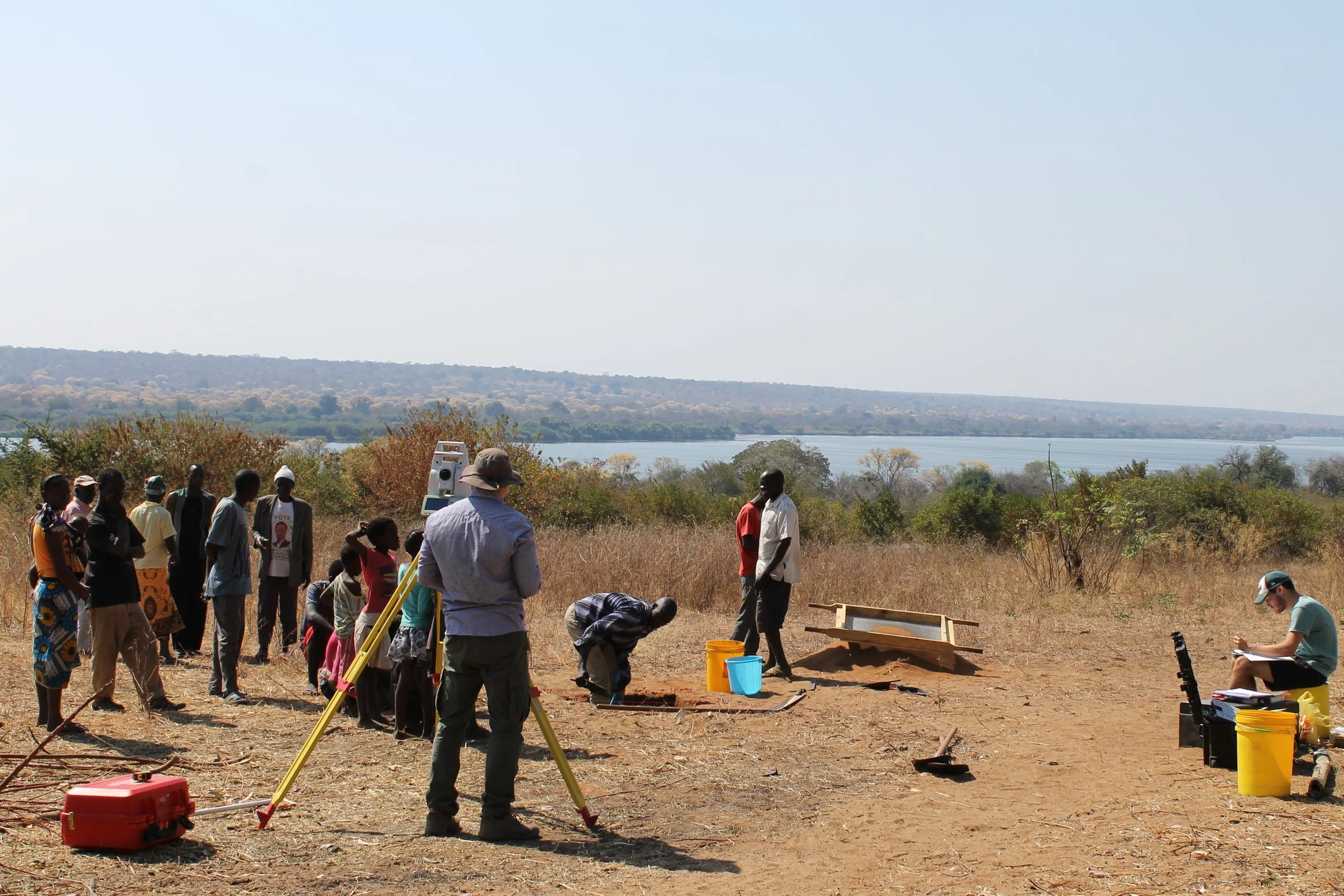
Food-security in pre-colonial Zambia
Food-security in pre-colonial Zambia: archaeology and ethnohistory

View of upper Zambezi River from the site of Salumano, Western Province, Zambia.
This archaeological research project is a part of an initiative of the Department of Archaeology at the Max Planck Institute for the Science of Human History in Jena, Germany to understand the spread of people, plants, and animals, into southern Africa.
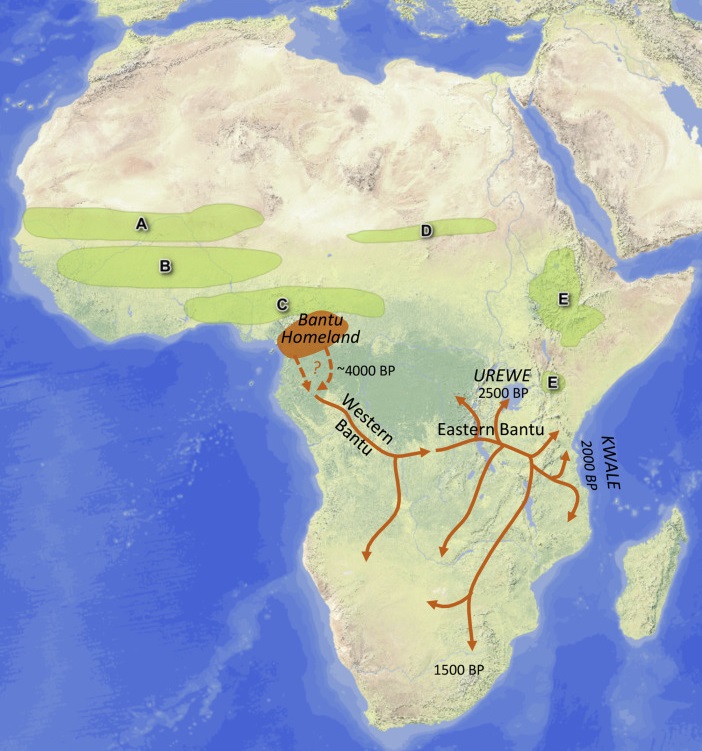
Project Goals
While research has established that African plant and animal domesticates and Bantu-speaking populations originated in different parts of western, eastern, and northern Africa, it is not clear when or how they eventually spread into southern Africa.
This project investigates these questions with multi-sited archaeological fieldwork in Zambia, the region where many of these peoples and lifeways first came together. Archaeological research is focused on understanding the timing of these processes, and their long term impacts on the cultural, linguistic, genetic, and environmental history of southern Africa.
(Image from Crowther et al. 2017)
Situated between the eastern African Great Rift system and southern Africa, Zambia was a crucial region for the spread of domesticated plants and animals, iron technology, and Bantu speaking populations in the Later Holocene (c. 3000-500 BP). Despite encompassing several critical corridors connecting eastern and southern Africa, Zambia remains surprisingly under-studied. As result, many questions regarding the spread of food production and the linguistic and genetic legacies of recent population movements remain unanswered.
By combining high precision archaeological excavation methods with rigorous with a suite of new laboratory methods, this project will add unprecedented resolution to one of the most transformative periods in African history. Geochemistry, isotopic analyses, paleobotany, ceramic residue studies, zooarchaeology by Mass Spectrometry, proteomics, and especially high-resolution radiocarbon dating of samples from these new excavations is reshaping models for the spread of food production. Our research Zambia is also providing new opportunities for collaboration with Zambian institutions, training opportunities for Zambian scholars, and for working with local communities to protect cultural heritage resources.
As a multi-sited research project, excavations cover several intriguing sites. Work at a cluster of "Situmpa Culture" sites in the Salumano region of southwestern is particularly intriguing, as it has yielded some of the earliest evidence for ceramic technology (Vogel and Katanekwa 1976) and possibly domesticated animals in this part of Africa. New excavations were also undertaken at Chundu Farm (Vogel 1970), the only site to yield Early Iron Age burials in Zambia, and the famous village site of Kalundu Mound (Inskeep 1962; Fagan 1967). that has one of the longest sequences of agricultural land-use in southern Zambia. Analysis of materials of these materials coupled with collaborations with geneticists and linguistics from the Max Planck Institute is adding new insights into population history, contributing to some of the most vibrant discourses on the African past.

Multi-sited research
Our research project is the first to examine the initial spread of domesticated plants and animals and the long-term legacies of these economic transitions in almost 40 years.
Exploratory fieldwork is being carried out at several sites in three regions; (1) The earliest known Iron Age sites of Salumano, Lusu, and Jakobo on the Zambezi River; (2) the stratified Later Iron Age "Kalomo Culture" village of Kalundu Mound; (3) new cave and rockshelter sites in Central Zambia.

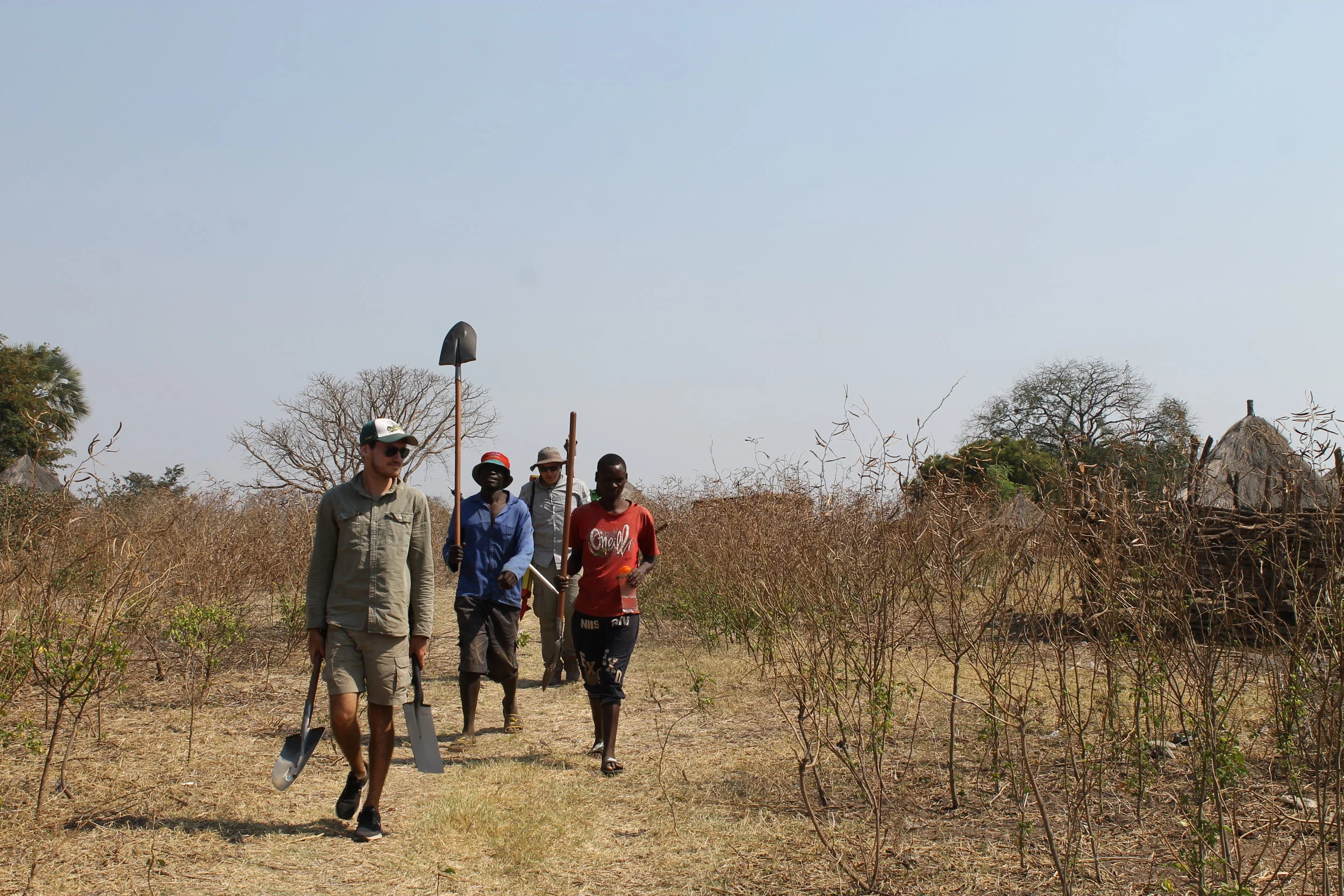
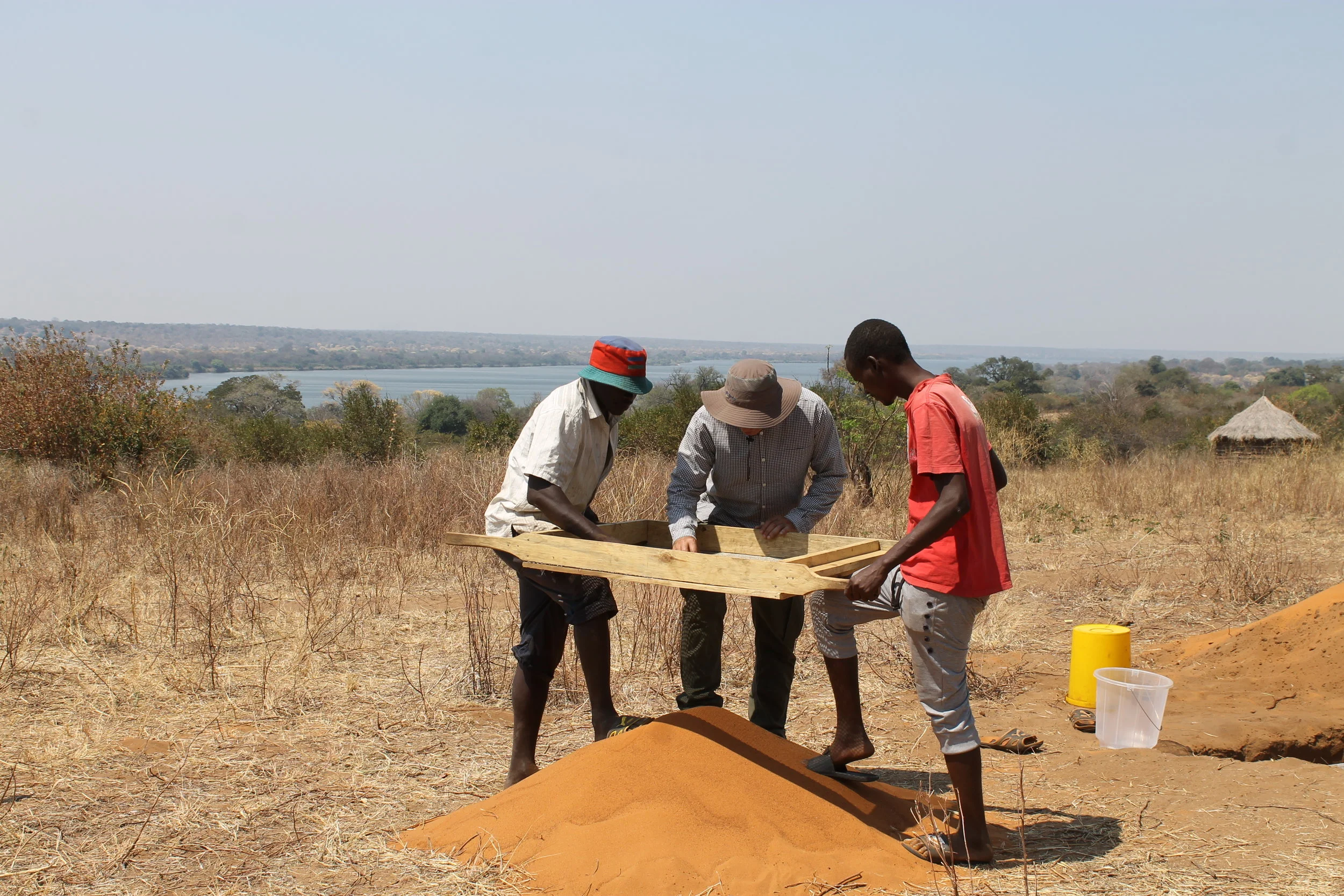
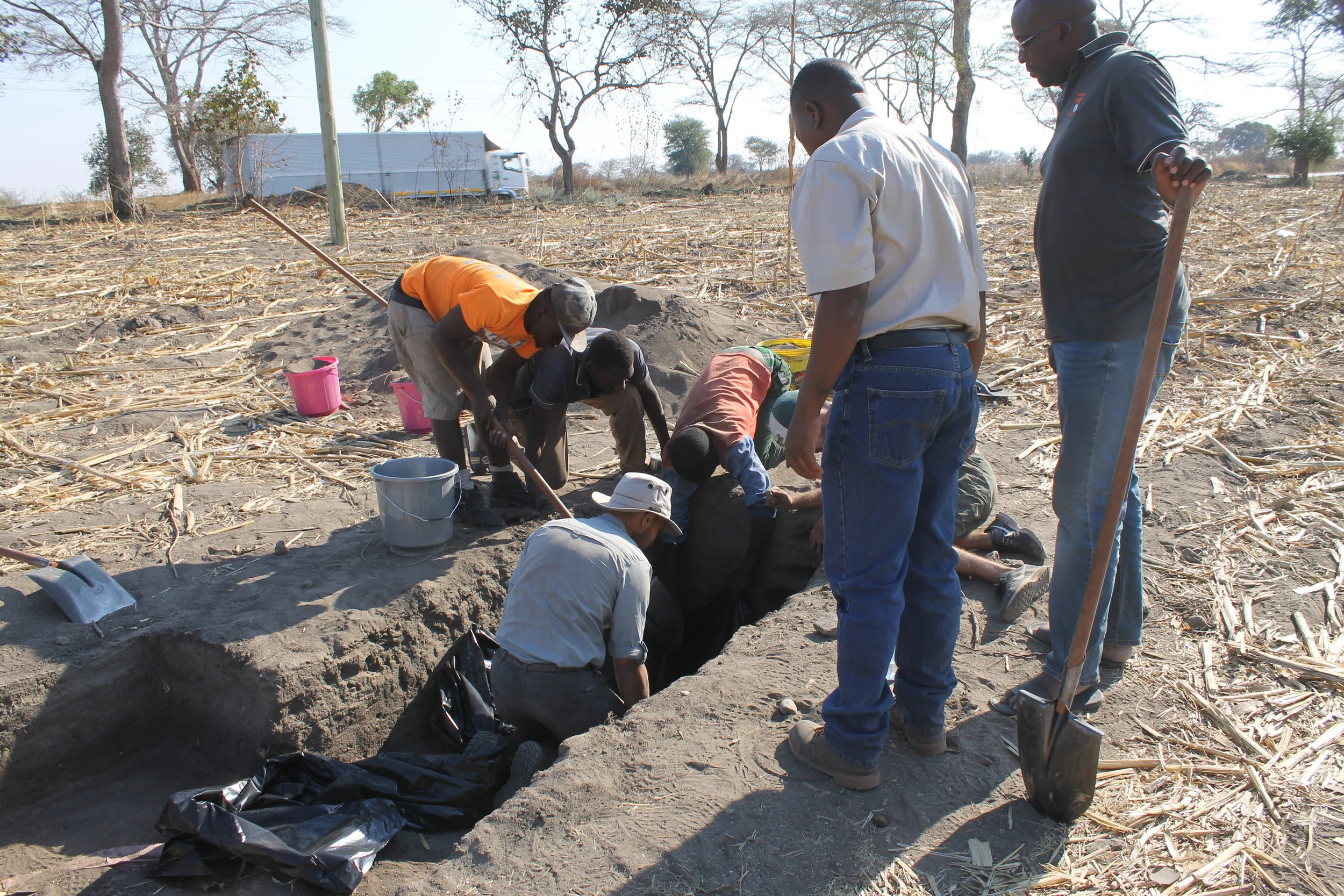
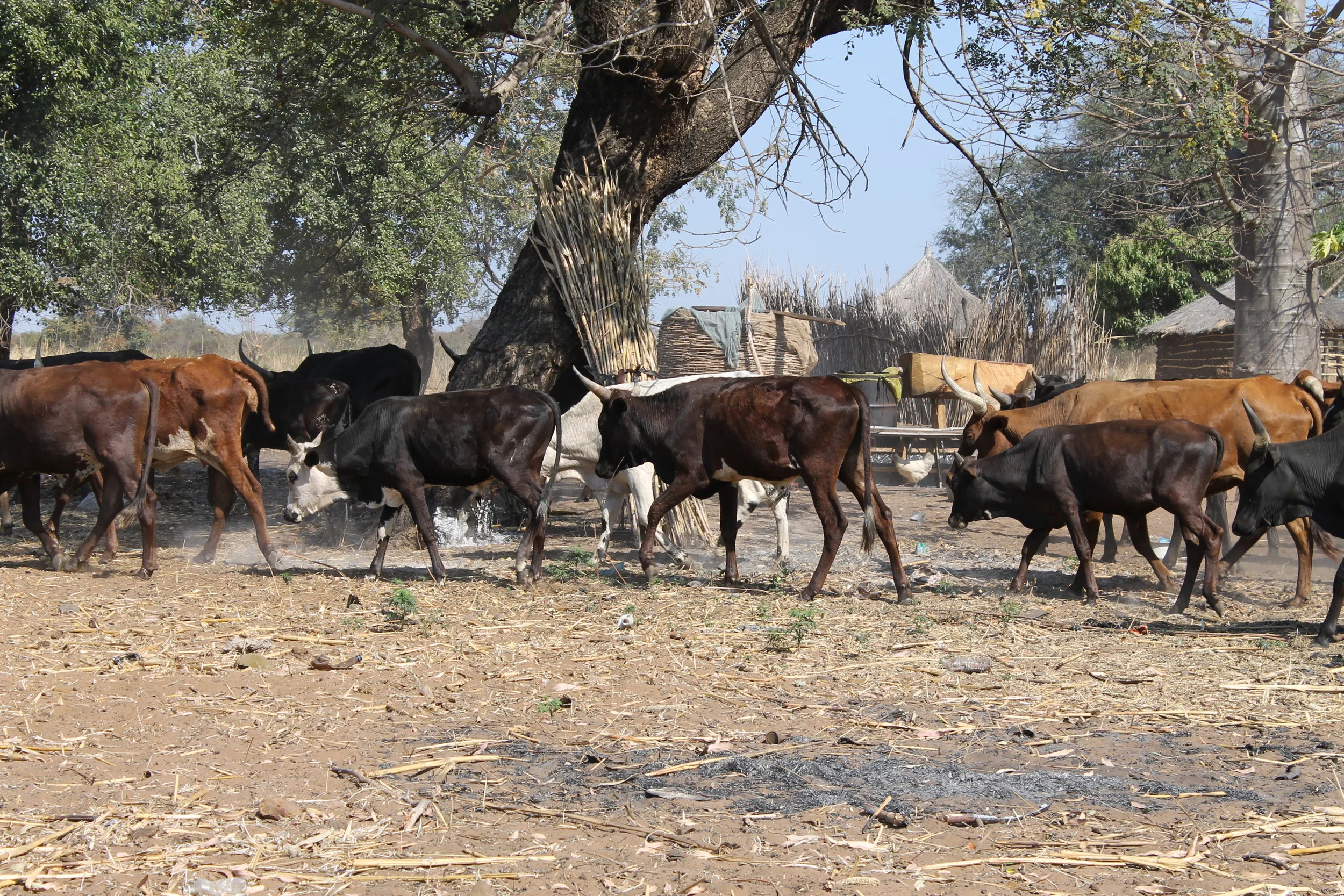

Archaeological remains
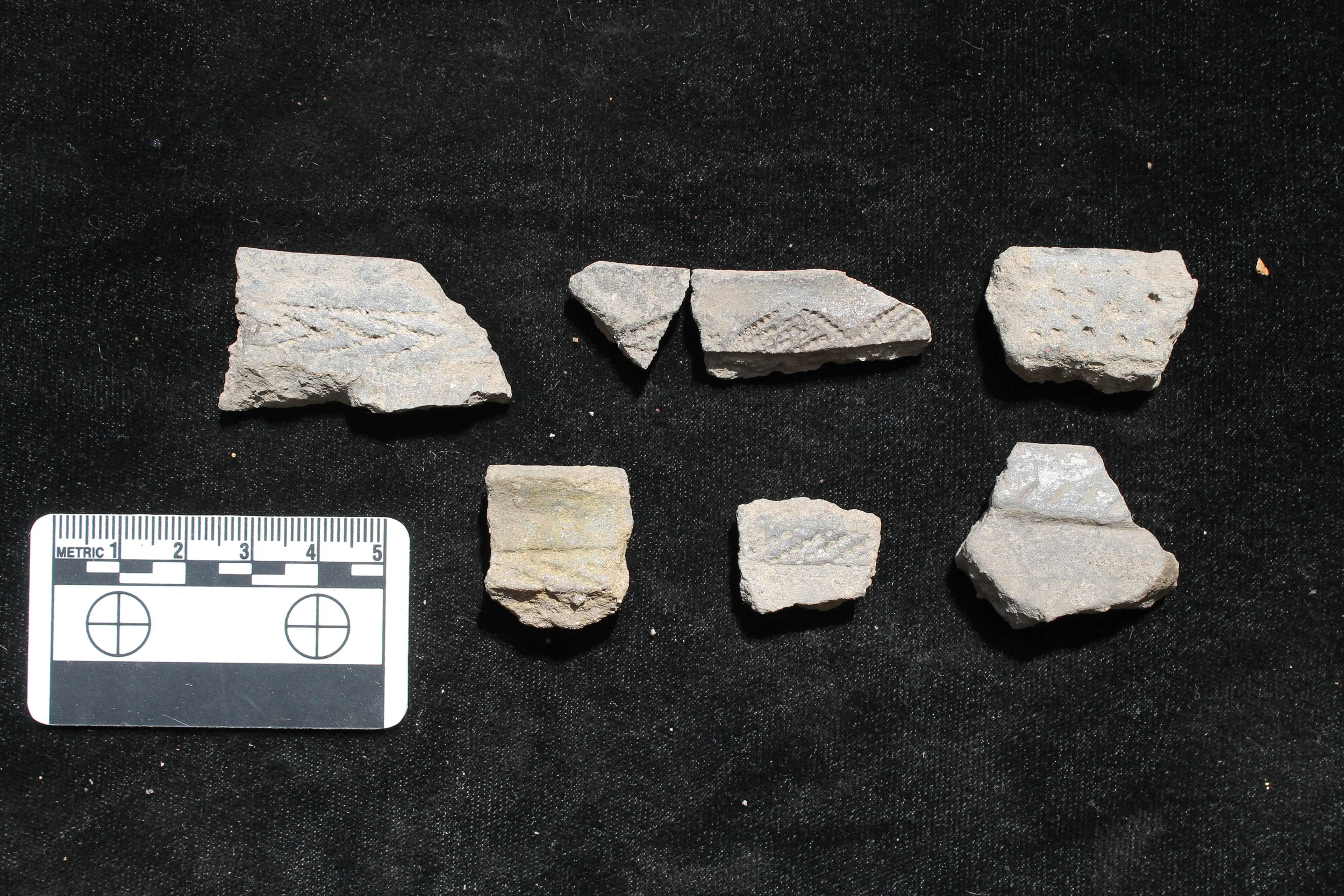
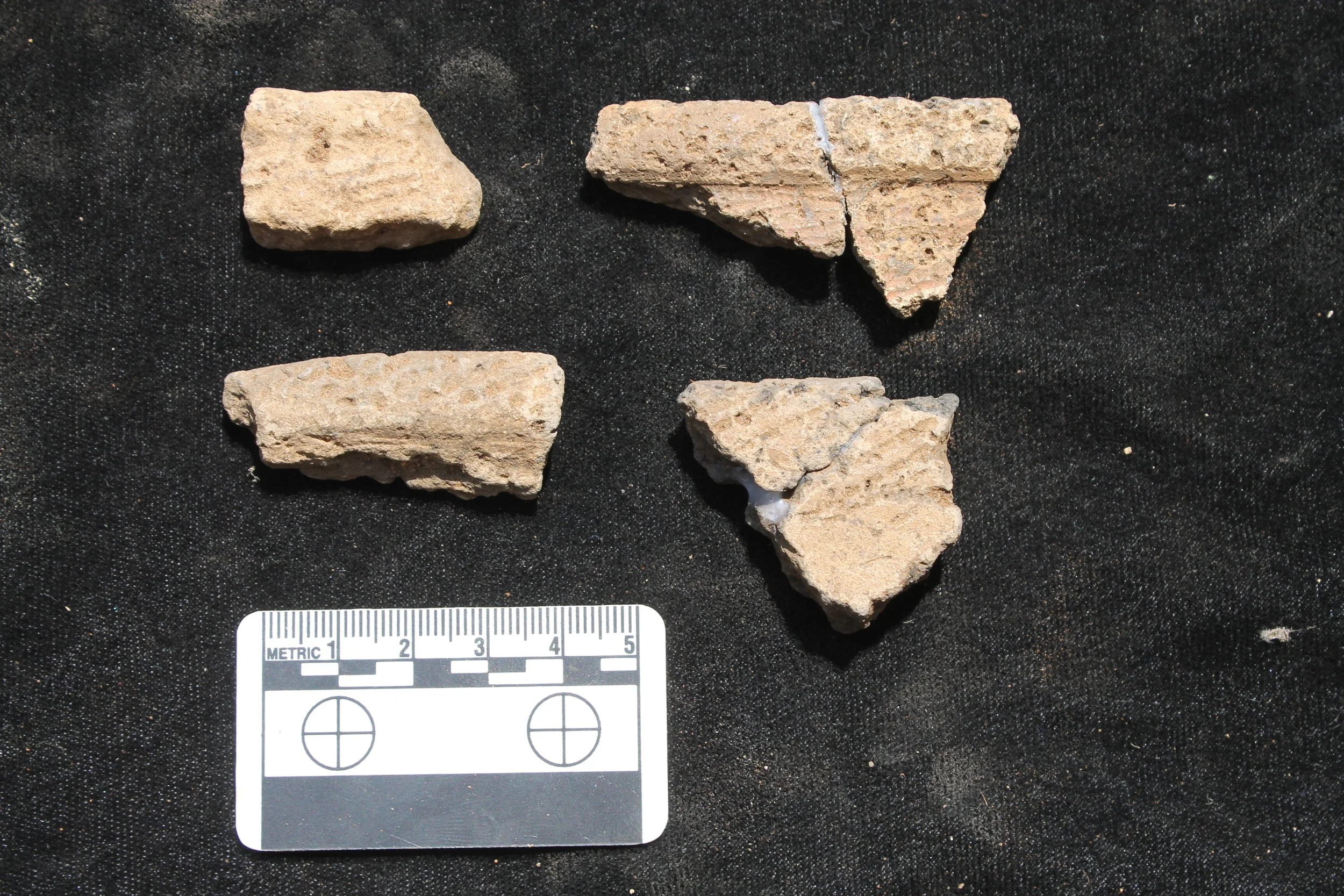


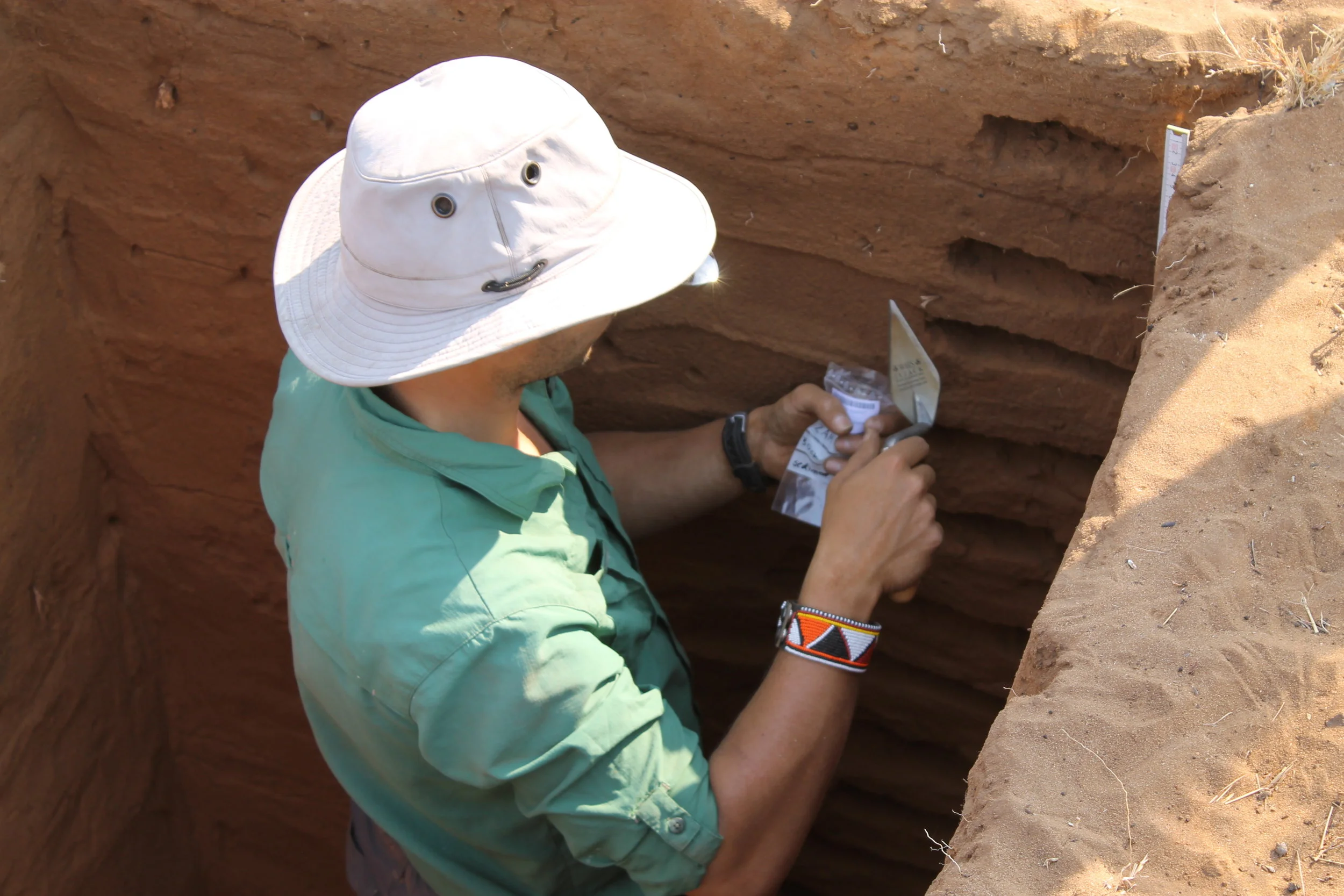
Human impacts on the environment
A major component to ongoing research in Zambia is studying how the diverse agricultural and herding economies of the Iron Age re-shaped forest and savanna ecosystems.
Using a suite of geoarchaeological and isotopic techniques, we are investigating the impacts of iron-aided forest clearing, charcoal production, landscape engineering for agriculture, and livestock grazing and herder settlement patterns.
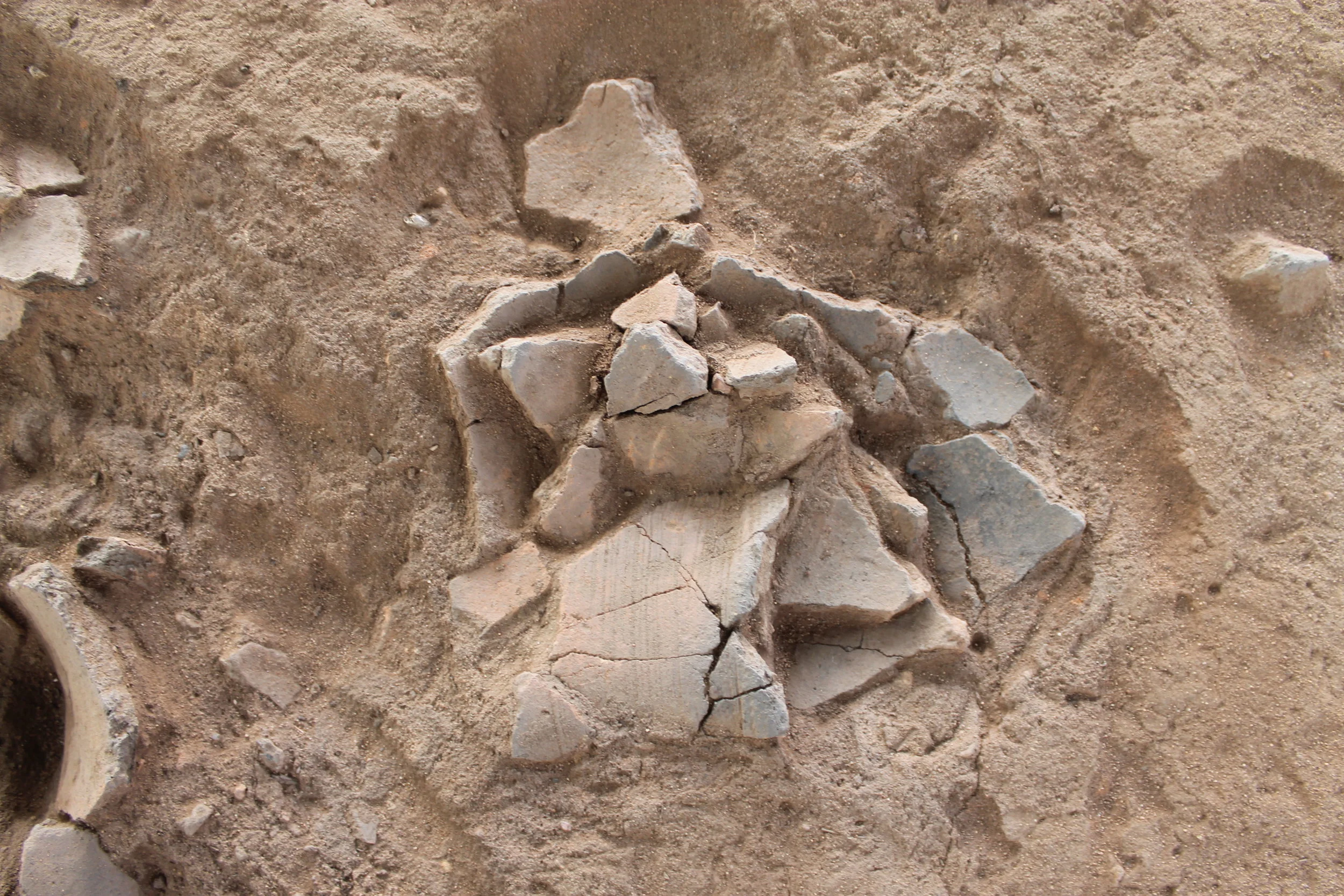
In-situ ceramic clusters at the Early Iron Age site of Chundu Farm in southwestern Zambia.
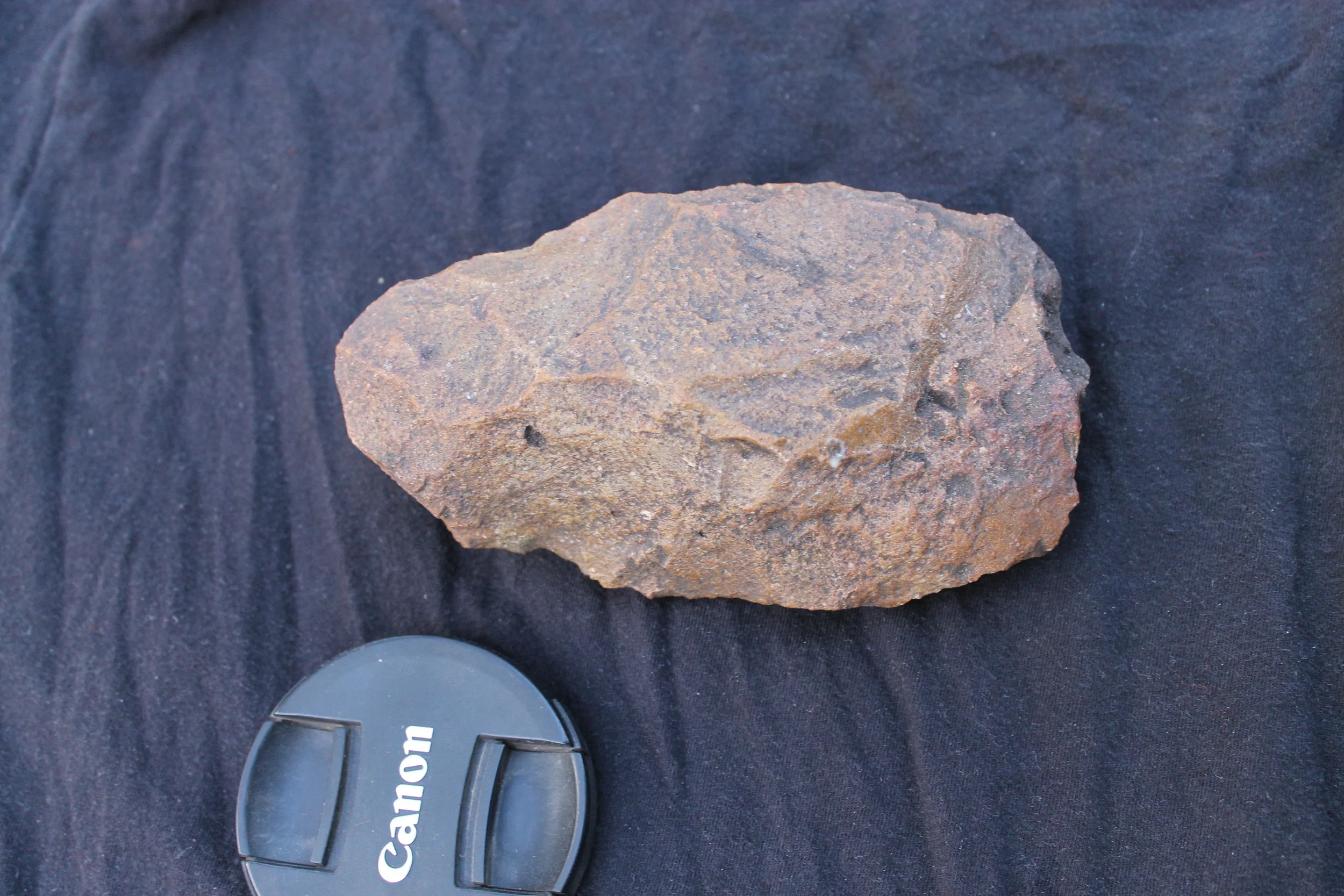
Paleolithic handaxe found during surveys around the site of Salumano Village, southwestern Zambia.
